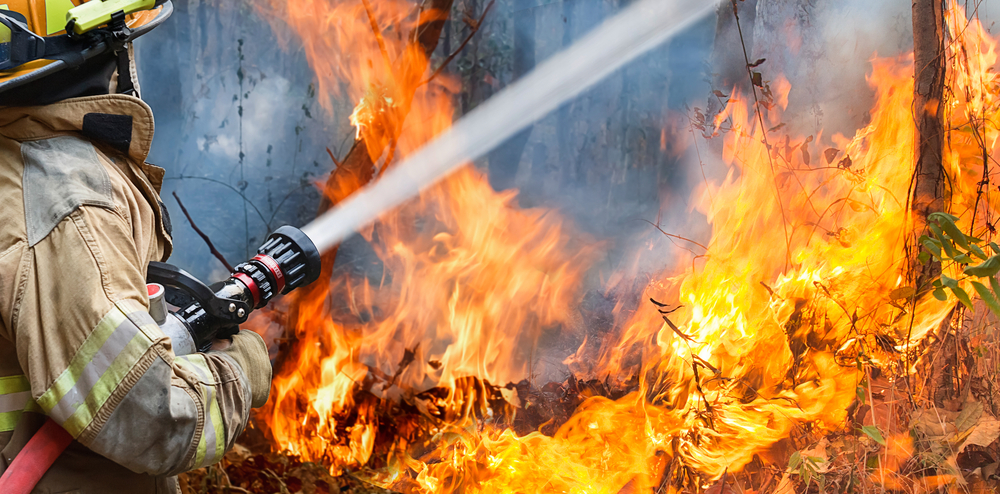
Three government agencies are partnering with national and international first responders to address the problem of fires in the wildland-urban interface (WUI).
The WUI is an area between the undeveloped land and urban areas. Fires in the WUI spread quickly and cover acres. Homes in the WUI are at greater risk of damage from wildfires, according to the National Fire Protection Association.
There were more than 58,000 wildfires in the United States in 2018, and there have been more than 10,000 so far this year.
The Federal Emergency Management Agency (FEMA) asked the Department of Homeland Security’s Science and Technology Directorate (S&T) in December 2017 to conduct a study on new and emerging technologies that could be applied to wildfires.
This month, S&T delivered its findings.
According to the report, existing technologies and approaches can be applied in innovative ways to save lives and property. This includes adapting the existing Integrated Public Alerts and Warning System to include WUI events, increasing infrastructure resilience in the WUI zone, using existing data to improve public safety situational awareness, putting special focus on alerting the Access and Functional Needs segments of the population, and using existing sensing to detect ignition and track fires in real time.

